Student loan repayments are set to resume on October 1st. September 30, 2024 marked the official end of the Student Loan On-Ramp, a period of time in which student loan borrowers were given some protections if they missed federal student loan payments.
During the COVID pandemic, federal student loan payments and interest charges were paused for three and a half years. The pause ended in October of 2023 and 44 million borrowers were supposed to begin making payments again.
“Most people are unaware that the Department of Education stopped processing forgiveness applications and awarding forgiveness during the summer so they have a large backlog”
– Christina Randell, President, My Education Solutions
If borrowers missed payments or made partial payments during the On-Ramp period, interest continued to accrue on their loans but were not reported as delinquent to credit bureaus. Now that the On-Ramp is ending, consequences for missed, late, or incomplete payments have resumed. Borrowers could even face wage garnishment as a consequence for missed payments.
My Education Solutions President, Christina Randell, has this to say, “Most people are unaware that the Department of Education stopped processing forgiveness applications and awarding forgiveness during the summer so they have a large backlog. My Education Solutions has dozens of Clients in the pipeline to be approved to begin their Forgiveness Program which we had been told would start September 1st but now the website says new people applying for forgiveness programs may have to wait ‘towards the end of 2024’ to be officially approved.”
“Additionally, it gets even scarier, My Education Solutions Clients that have completed their 120 qualifying payments over the summer were supposed to be ‘officially Forgiven’ are being asked to continue making payments October 1st to avoid credit or garnishment because the Department of Education is behind in approving their paperwork. We feel this is very unfair to our Clients and the general public of people who have earned their Forgiveness.”
What Is Wage Garnishment?
Wage garnishment is a legal process in which your employer is required to withhold a portion of your earnings to pay off a debt, such as unpaid student loans. If you default on federal student loans, the government or a private lender can garnish your wages without needing a court order. Here’s how it typically works:
- Default Status: Now that the CARES Act is over, if you fail to make payments for 90 days (3 months), your federal student loans go into default.
- Notice of Intent: Before wage garnishment begins, you should receive a notice at least 30 days in advance, informing you of the government’s intent to garnish your wages. Your employer will also receive a notice so that HR can set up the payment to be withdrawn from your paycheck.
- Garnishment Amount: The government can garnish up to 15% of your disposable income (the amount left after mandatory deductions like taxes and Social Security). However, they can’t reduce your earnings below 30 times the federal minimum wage (which is $7.25 an hour as of 2023).
- No Court Order Needed: The U.S. Department of Education does not need a court order to start garnishment for federal student loans.
How Do I Stop Wage Garnishment?
- Rehabilitation: For federal loans, you may stop garnishment by entering a loan rehabilitation program or consolidating your loans. Here’s how it works:
- You must agree to make nine voluntary, on-time payments within 10 consecutive months.
- The amount of each payment is based on your income. It’s typically 15% of your discretionary income (income above 150% of the poverty guideline for your family size and state).
- These payments may be lower than your regular loan payments, and you can negotiate a different amount if needed.
- Objecting: If you believe the garnishment is unfair or incorrect, you have the right to request a hearing to contest it.
- Bankruptcy: In rare cases, you may be able to discharge your student loans in bankruptcy, but this is very difficult to achieve.
- Seek Deferment or Forbearance: If you qualify for deferment or forbearance (due to unemployment, economic hardship, etc.), your payments can be temporarily paused, though interest may continue to accrue.
Important Tips:
- Act Early: If you think you’re at risk of default or garnishment, it’s best to take action as soon as possible. Rehabilitation and consolidation options are easier to pursue before garnishment begins.
- Income-Driven Repayment Plans: These plans base your payment amount on your income and family size. They can prevent default by ensuring you make affordable payments.
My Education Solutions can assist the 44 million borrowers that have questions about the start date and how they can reduce their student loan payment.
Contact a MES Student Loan Advisor today for a free consultation to receive answers to your questions and see if you qualify for Forgiveness. Email Enrollments@MyEduSolutions.com or call 210-812-3200.
My Education Solutions is not a financial institution or affiliated with a financial institution. Our services and products are intended for managing student loans only. My Education Solutions shall not be held liable for any decisions made based on information obtained through our platform.




